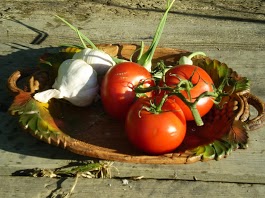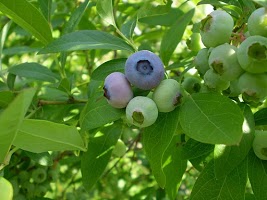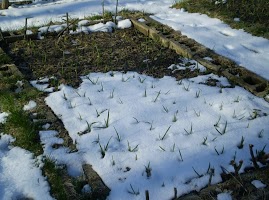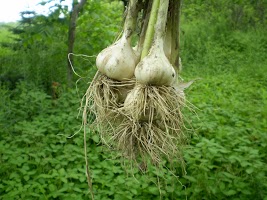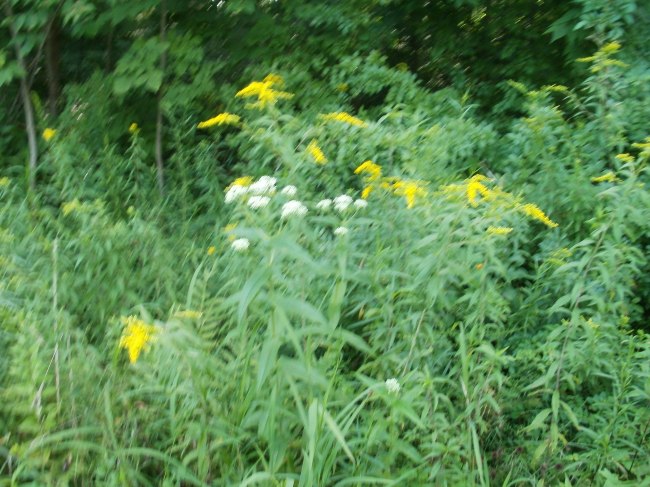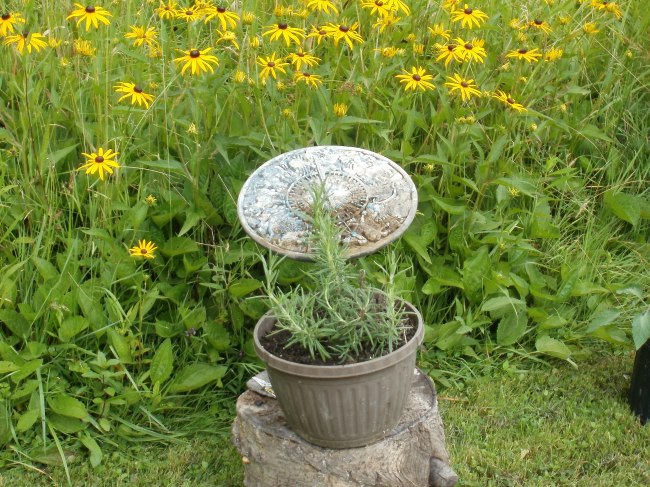Tomatoes, once a wild weed discovered just a few centuries ago, are one of the most popular vegetables today in countless home gardens. Discovered by early explorers in Central America during colonization, perhaps around 1520 or so, tomatoes have captivated and amazed and fed a good portion of the world’s population ever since.
The tomato pictured above has no name except what I call it, Koyote Brandywine. I have grown this variety for years and years. At the Spartansburg Community Fair one year, I met an Amish man and he won first place for his tomatoes. He told me his family has grown it for generations and gave me a couple to take home. He told me it was an heirloom Brandywine.
The tomatoes were delicious, the best I had ever eaten. I was fortunate enough to take and save some of the seeds to store for the next year. Ever since, it has been the most reliable tomato variety, ripening early and throughout the season. Perhaps, it seems strange to talk about tomatoes this late in the growing season, but it is the time to also save seeds. More towards the end of this post. First a couple basics.
Today, as in the past, there are no secret formulas or magic chants to growing a successful tomato harvest, just some basic tips. A tomato can be either determinate or indeterminate. Determinate means simply that most of the tomatoes of this variety ripen more or less at the same time. These varieties come in handy when a bumper crop is needed for preserving. Indeterminate simply means the variety will produce throughout the growing season. These varieties are great for fresh table use, sale, and if enough are planted, there are still plenty for preserving.
The second tomato tip to remember has more recent origins dating to 1949 when the W. Atlee Burpee company introduced the first hybrid tomato the, “Big Boy Hybrid”. This was the beginning of what could be dubbed the “tomato revolution”. Hundreds of new varieties have appeared ever since. A basic hybrid is simply a cross between two tomato varieties; breeders select the best qualities of each. While there are many advantages to hybrids, the seeds will not grow true to the parent plant. The next generation will revert back to one or the other parent plant, or develop into a unique and unknown variety.
Before 1949, all tomatoes were, in general, heirlooms. Heirloom varieties which were grown year after year have same generally predictable results. They were grown for a variety of reasons: flavor, disease resistance, storage, preservation. The heirloom seeds could be saved; and it was a safe bet that the following year’s crop would be the same. The heirlooms, like many “wild plants” became adjusted to particular soil conditions and environmental conditions over the generations.
Saving the seed from your fav tomato plant is actually pretty easy. Besides the named Koyote Brandywine, I also grow a variety from Seed Savers Exchange called Striped Roman. It is a fantastic paste tomato. I also save those seeds every year. What’s really, really, important is to label the seeds from the get go so varieties don’t get mixed up.
Usually I seed save the Koyote Brandywine Tomato first (it ripens earlier anyway), about the same time as when the garlic is ready to dig. Choose the best and scoop the seeds out. They will be encased in a gel. I usually have a pint jar, place the seeds and the surrounding gel in the jar and fill with water. Shake the jar whenever you think about it. In four days or so, all of the good tomato, seeds will have sunk to the bottom of the jar. Pour the liquid and the seeds into a screener and be sure to wash or rinse off the seeds under running water. Place the cleaned seeds on a glass plate to dry, avoid using paper towels, the seeds will stick to the paper and it’s a mess.
After a few days, the seeds should be dry. I place mine in a glass baby jar and then store in a cool dry spot until ready to plant in the spring. There are plenty of Websites which have much the same information which anyone can google search. But, if you discover an extraordinary tomato this harvest season, make sure it isn’t a hybrid and learn as much as possible from the grower. Start seed saving.
There are no hidden secrets to growing a great tomato harvest; just a few common sense steps based on plant knowledge; know your seed, know your soil, weed, mulch, stake and experiment with other techniques. Tomatoes, after all, are wild plants, and since 1520 or so they have surprised and captivated gardeners, some for a lifetime.
Discover more and Explore, Koyote Hill

